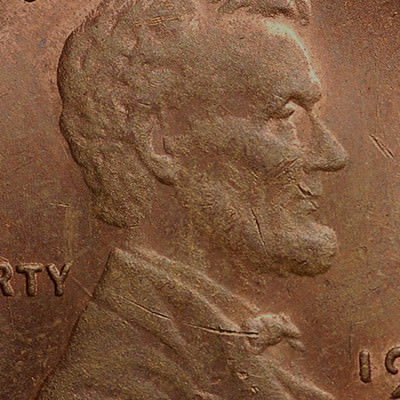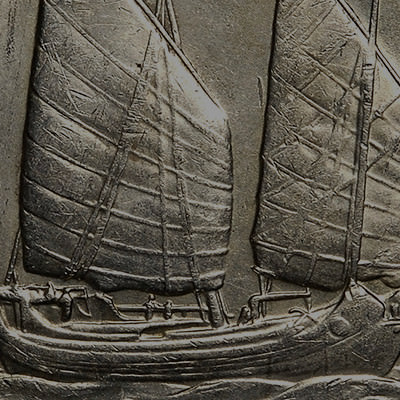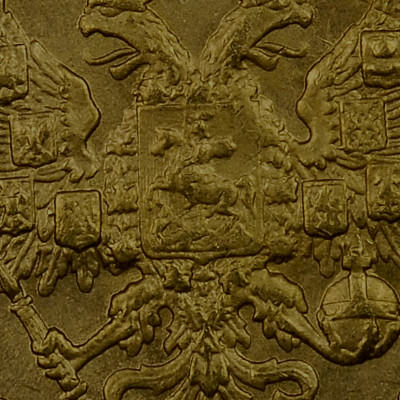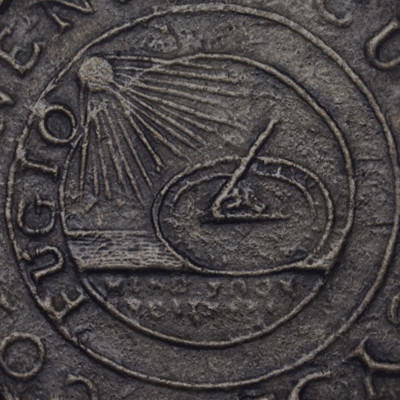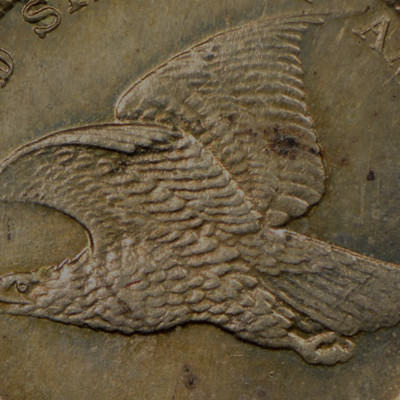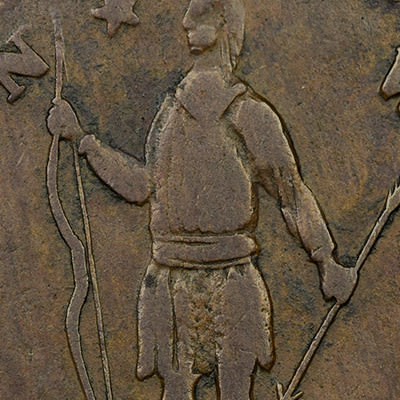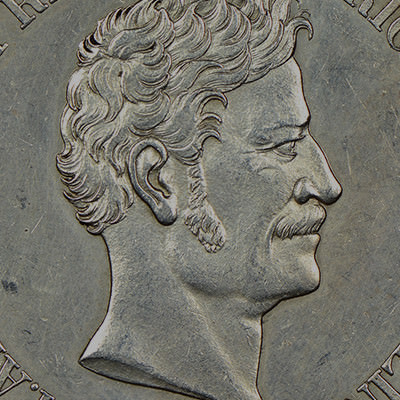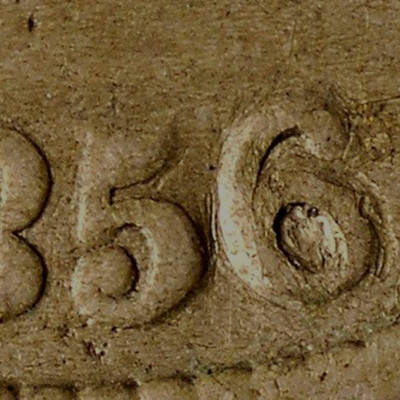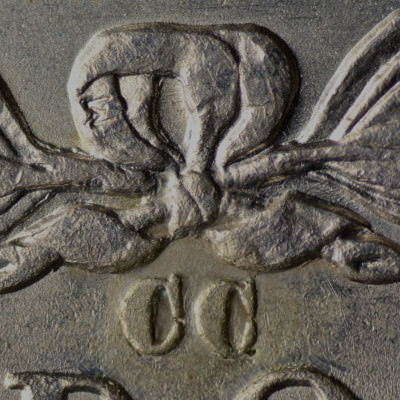Types of Counterfeit Coins
Counterfeiters have employed a variety of methods to create forgeries or alterations. These methods, as well as the varied skill levels of the counterfeiters, have resulted in spurious pieces that range widely from very crude to extremely deceptive. A comprehensive understanding of the different methods used to make forgeries or alterations can help a numismatist identify these counterfeits.
Want to Learn More about Counterfeit Detection?
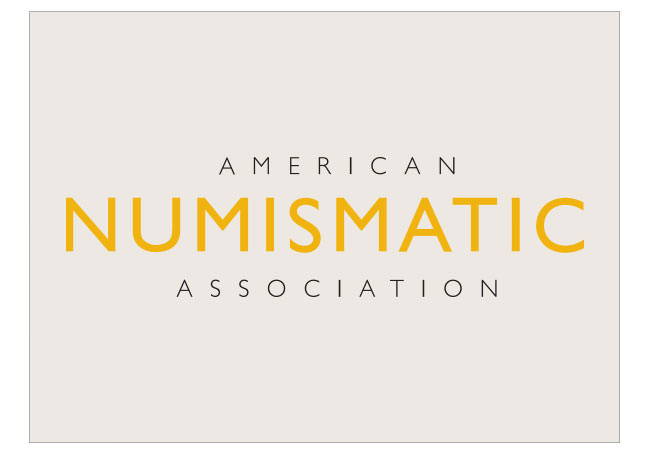
ANA Counterfeit Detection Programs
The American Numismatic Association (ANA) Florence Schook School of Numismatics offers several programs that cover many topics, including counterfeit detection.
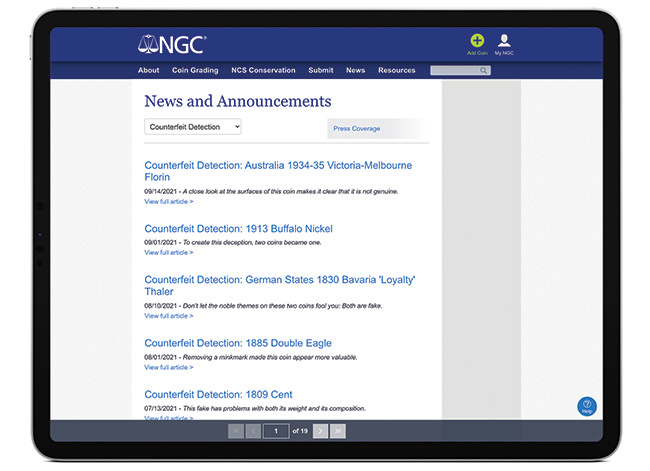
NGC News Articles
NGC publishes a Counterfeit Detection column in its monthly eNewsletter. Join NGC for free to have articles delivered directly to your inbox.
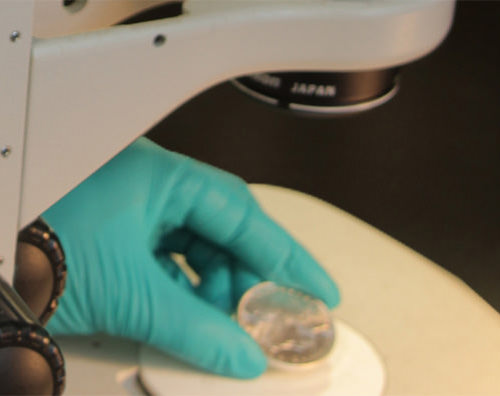
How NGC Determines Authenticity
NGC uses X-ray fluorescence spectroscopy, an extensive research catalog and other tools to determine a coin’s authenticity. If deemed not genuine, the coin is not encapsulated. NGC offers numerous educational resources to help collectors and dealers avoid counterfeit or altered coins.

The Authenticity Experts
NGC’s team of more than 30 full-time professional graders includes President and Finalizer Rick Montgomery, considered to be one of the world’s most talented coin authenticators. Rick provides the coin grading team with critical oversight and training.
Avoiding and Reporting Counterfeit Coins
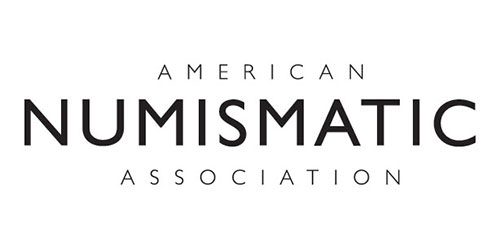
Buy From ANA Dealers
ANA member dealers inspire confidence; every dealer agrees to abide by a strict code of ethics.
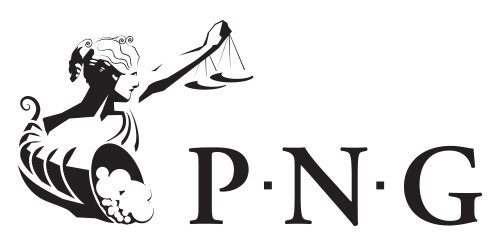
Buy Through PNG Dealers
Buy NGC-certified coins with confidence from members of the Professional Numismatists Guild (PNG).
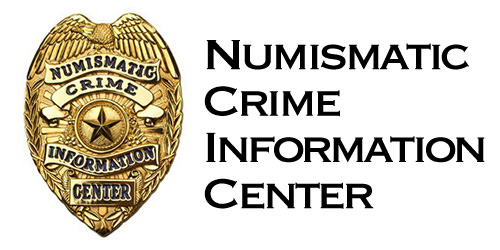
Report Counterfeits to the NCIC
The Numismatic Crime Information Center is a nonprofit established to target numismatic crimes around the world.
Have you seen any counterfeit coins lately? Talk about it on the NGC Chat Boards >
